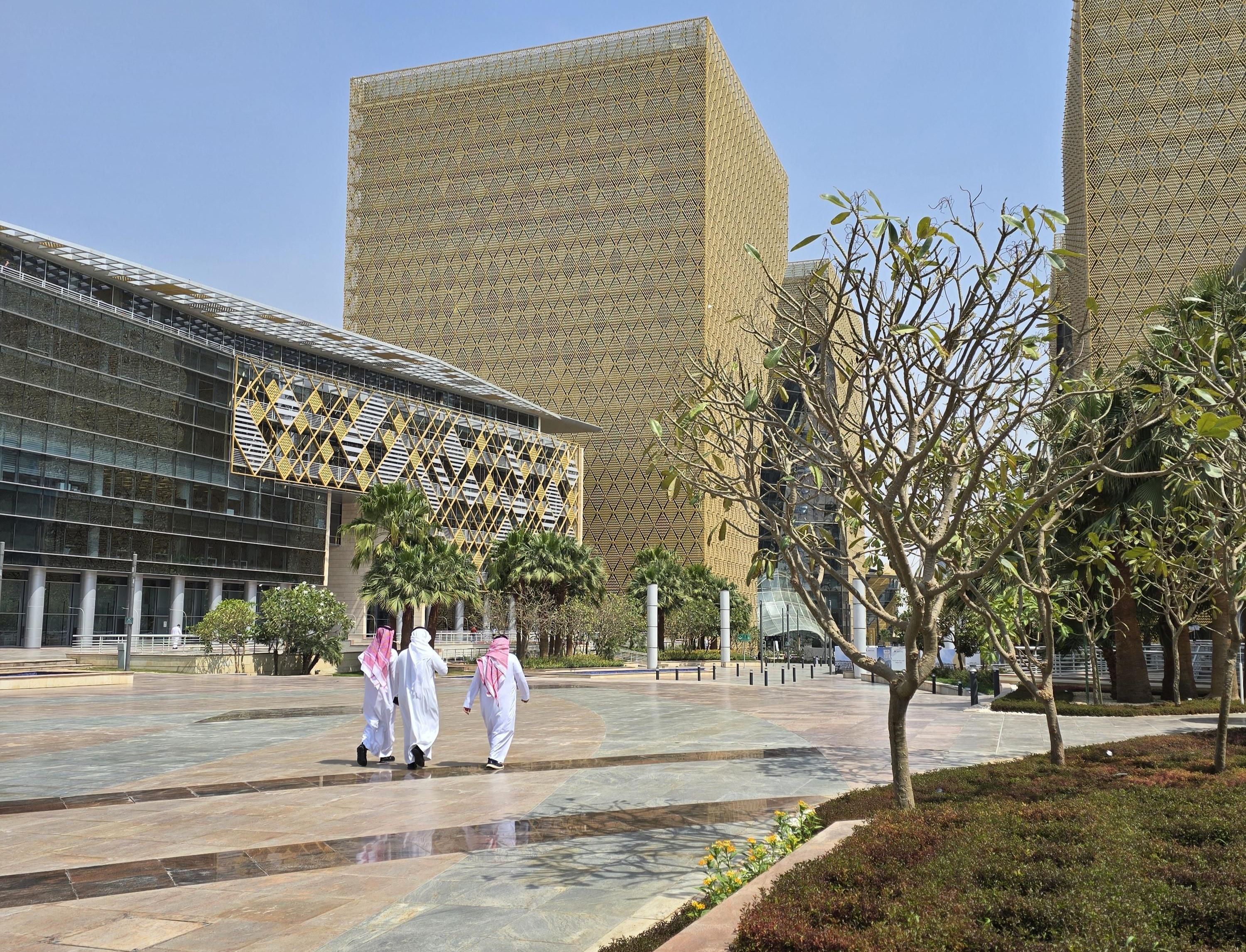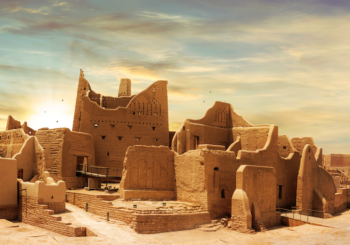In Riyadh’s bustling streets, grand diplomatic halls, and vibrant university campuses, one garment reigns supreme: the white thobe. Flowing, pristine, and unmistakably Saudi, the white thobe is more than just clothing; it symbolizes heritage, pride, and unity.
From everyday life to international summits, the white thobe has become visual shorthand for Saudi identity. But how did this garment rise to prominence, and why does it continue to endure?
Origins of the Thobe
The thobe, also spelled thawb, is a long-sleeved, ankle-length robe traditionally worn by men across the Arabian Peninsula. Its origins are closely linked to practical needs in desert environments. Loose-fitting and breathable, the thobe shields the body from intense sunlight while allowing airflow, essential for comfort in Saudi Arabia’s arid climate.
Historical records indicate garments resembling the modern thobe were worn in pre-Islamic Arabia and later evolved under Ottoman influence. In the early 20th century, as the modern Kingdom of Saudi Arabia began to unify, thobes were commonly worn in various colors, including beige, brown, and grey.
By the mid-20th century, particularly in urban areas such as Riyadh and Jeddah, the white thobe emerged as the preferred choice. With the economic transformation sparked by the oil boom of the 1970s, mass production of lightweight cotton fabrics made white thobes both affordable and practical.
Why White?
The color white holds deep significance in Saudi society, symbolizing purity, simplicity, and peace. In Islamic tradition, white garments are highly favored, reflecting the preference of Prophet Muhammad and the attire worn during religious rituals like the pilgrimage (Hajj) to Makkah.
Practically, white reflects sunlight, helping to maintain coolness during Saudi Arabia’s intense summer heat. Unlike darker colors, white garments conceal sweat marks better and maintain their brightness through regular washing and bleaching.
Over time, the white thobe evolved into a symbol of dignity, humility, and national unity; a versatile garment suitable for religious, professional, and formal occasions.
A National Uniform Evolving with Modernity

Today, Saudi men across all social and economic classes commonly wear the white thobe. It is ubiquitous in schools, mosques, ministries, businesses, and family gatherings. During national celebrations such as Saudi National Day, the sight of men wearing white thobes paired with red and white shemaghs or white ghutras becomes an iconic image of national unity.
Although the garment’s basic form remains consistent, regional variations add nuance. In Najd, thobes often feature heavier fabric and stiff collars, while in the Hijaz region, lighter fabrics and rounded collars are more prevalent. These subtle differences express regional identities without compromising the garment’s unifying symbolism.
As Saudi Arabia undergoes rapid modernization, the thobe has also adapted accordingly. Contemporary designers like Lomar , Alshiaka and others introduced slim-fit cuts, advanced fabrics, and innovative details appealing to younger generations. Meanwhile, designers like Hatem Alakeel attracted global attention for their modern takes.
These modern adaptations balance tradition and innovation, giving Saudis new ways to express their identity. Today, many Saudis also embrace thobes in various colors beyond white as stylistic choices, reflecting evolving fashion trends and personal preferences.
The thobe is increasingly visible on international stages as well. Saudi representatives frequently wear traditional dress, including the thobe and bisht, at global summits, proudly signaling cultural heritage.
The trend is clear: the white thobe will stick around more than just a piece of practical clothing, but as a living tradition deeply embedded in Saudi identity. Reflecting connections to heritage, faith, and community, it will continue to adapt gracefully to the Kingdom’s ongoing evolution.








Comments (0)